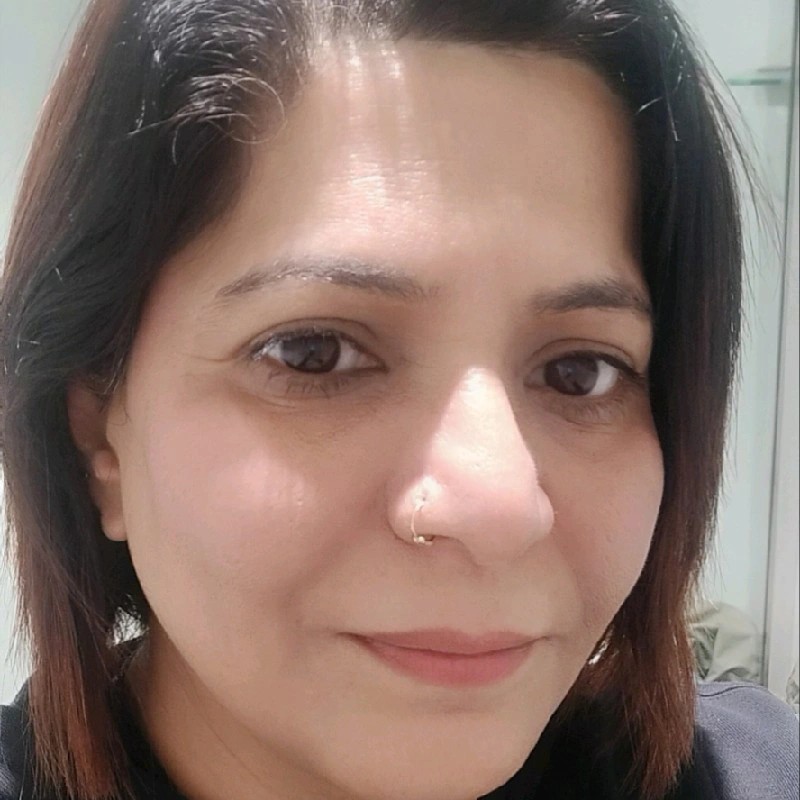...
How would you like to be a Guest Blogger for KMI? Email us at: info@kminstitute.org and let us know your topic(s)!
Why Being Creative is the Key to Capture Tacit Knowledge
 In today’s highly competitive and agile business landscape, organizational knowledge has been recognized as a key component in the organization’s quest to foster innovation and stay relevant and successful.
In today’s highly competitive and agile business landscape, organizational knowledge has been recognized as a key component in the organization’s quest to foster innovation and stay relevant and successful.
Organizations put a lot of effort into managing their data and knowledge, but they often overlook the importance of capturing #tacit knowledge. Tacit knowledge is the kind of knowledge that is not easily written down or documented because it is implicit and subconscious hence difficult to capture through traditional KM strategies. This knowledge is often gained through experience and is crucial for organizations to succeed.
#Creativity can be the best tool in a #KM’s arsenal to capture this gold mine of knowledge. Tacit knowledge is bound to peoples’ experiences, intuition, insights, expertise, and personal conclusions, and cannot be transferred through standard written documentation and knowledge assets.
Here are some of the creative ideas you can apply to your KM framework to capture, externalize, and leverage this powerful innovation tool.
Storytelling: Encourage individuals to share stories or anecdotes about their experiences, challenges, and successes. Through storytelling, tacit knowledge can be conveyed in a narrative form that makes it easier for others to understand and internalize.
Shadowing and Observation: Allow individuals to shadow or observe experts in action. By observing how experts perform tasks, make decisions, and solve problems, others can pick up on the tacit knowledge embedded in their actions and behaviours.
Mentoring and Coaching: Establish mentorship or coaching programs where experienced individuals transfer their tacit knowledge to less experienced individuals through one-on-one interactions. This can include informal conversations, guidance sessions, and feedback exchanges.
Project Debriefs and Post-Mortems: Conduct structured debriefs or post-mortem sessions at the end of projects or initiatives. Encourage team members to share their experiences, identify what worked well and what didn’t, and extract tacit knowledge from their collective insights.
Knowledge Harvesting Workshops: Organize workshops specifically aimed at capturing tacit knowledge from subject matter experts. Use techniques such as brainstorming, mind mapping, and affinity diagramming to extract insights and experiences from participants.
Nurture Community of Practices (CoPs): The foundation of the CoPs is to connect people encouraging conversation to build and share knowledge. The moderators should periodically reach out to its members to harvest and tag knowledge leading to its dissemination across borders and different organization levels.
Set up exhaustive exit interviews: These are no longer the times when an can employee join an organization straight out of college and work till retirement. When a company loses its employees, it also loses the accompanying knowledge and experience. The need is to have an exhaustive exit strategy in place where outgoing people capture their experiences, feedback, contacts, insights, and directories of work that can be passed on to the replacing employee to get a head start.
Succession Planning: Develop robust succession planning strategies to identify and groom potential successors for key roles. This helps ensure a smooth transition of tacit knowledge when experienced employees retire or leave the organization.
Technology Solutions: Explore the use of technology, such as artificial intelligence and machine learning, to capture and analyze tacit knowledge. This can include tools for sentiment analysis, expertise location, and knowledge mapping.
Gamification: Gamify the process of knowledge capture by turning it into a game or competition. For example, create challenges or quizzes that require participants to demonstrate their tacit knowledge in a fun and engaging manner.
The benefits of capturing tacit knowledge extend beyond mere knowledge sharing for time and effort saving. It catalyses fostering collaboration, enhancing decision-making, and driving organizational learning. So organizations must design a strategy for its retention and dissemination. These creative approaches can help organizations effectively capture and leverage tacit knowledge, enabling continuous learning and innovation.
 Ekta Sachania has over 15 years of experience in learning and talent development disciplines, including knowledge management, content management, and learning & collaboration with expertise in content harvesting, practice enablement, metrics analysis, site management, collaboration activities, communications strategy and market trends analysis. Demonstrated success in managing multiple stakeholder expectations across time zones and exhibiting good project management skills, by successfully developing and deploying projects for large audiences. Ability to adapt and work in emerging areas with fast-shifting priorities. Connect with Ekta at LinkedIn...
Ekta Sachania has over 15 years of experience in learning and talent development disciplines, including knowledge management, content management, and learning & collaboration with expertise in content harvesting, practice enablement, metrics analysis, site management, collaboration activities, communications strategy and market trends analysis. Demonstrated success in managing multiple stakeholder expectations across time zones and exhibiting good project management skills, by successfully developing and deploying projects for large audiences. Ability to adapt and work in emerging areas with fast-shifting priorities. Connect with Ekta at LinkedIn...
Other Featured Blogs by Ekta:
Archives
- April 2024 (4)
- March 2024 (4)
- February 2024 (4)
- January 2024 (3)
- December 2023 (2)
- November 2023 (2)
- October 2023 (3)
- September 2023 (3)
- August 2023 (6)
- July 2023 (4)













